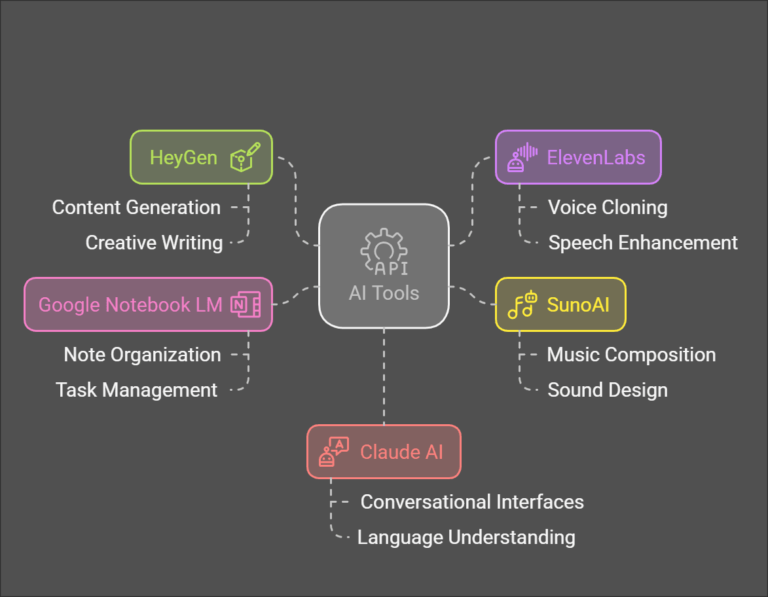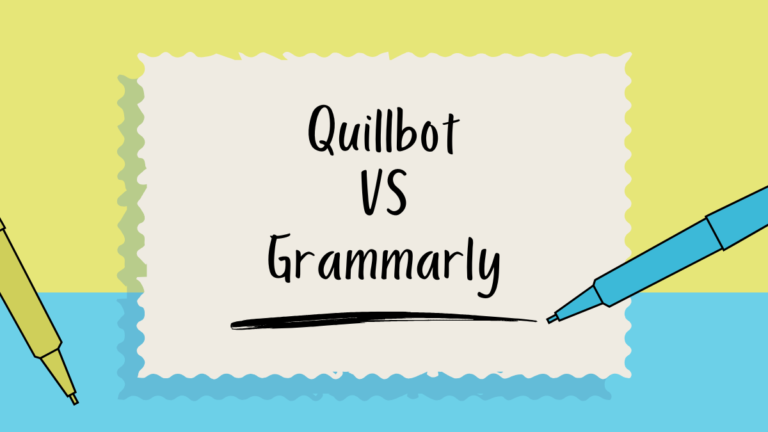How to Use AI for Taking Smarter Notes (A Complete Student Guide)
If you’ve ever walked out of class with pages of messy notes—or worse, no notes at all—you’re not alone. Traditional note-taking can be overwhelming, especially when professors talk fast, lectures move quickly, and you’re juggling multiple subjects at once.
But here’s the good news: AI is completely changing the way students take notes. Instead of stressing about capturing every word, you can now rely on smart AI tools to transcribe, summarize, and organize your notes—saving you hours while helping you study more effectively.
In this guide, we’ll explore how to use AI for taking smarter notes, the best tools available, and practical tips for making the most of them. Whether you’re in lectures, studying at home, or working on group projects, these AI-powered strategies will transform your academic life.
💖 Save this post on Pinterest so you’ll have it handy the next time you need to revamp your note-taking system!
Why AI Note-Taking Is a Game-Changer
Traditional notes are often incomplete, messy, and hard to review later. AI flips that around by:
- Transcribing lectures automatically so you don’t miss key details.
- Summarizing content into bullet points or study guides.
- Organizing your notes by topics, tags, and even deadlines.
- Syncing with study tools to turn notes into flashcards, quizzes, or summaries.
The result? You spend less time writing and more time actually learning.
Step 1: Use AI to Capture Lectures in Real-Time
Trying to keep up with a fast-talking professor is stressful. That’s where AI transcription tools come in.
Tools to Try:
- Otter.ai – Records lectures and creates searchable transcriptions with highlights.
- Notta.ai – Offers live transcription across multiple devices.
- Microsoft OneNote + AI Add-ons – Integrates audio with real-time note processing.
Pro tip: Always ask your professor if recording is allowed. Most are fine with it if it’s for personal study.
Why it saves time: Instead of frantically scribbling, you can listen attentively and trust AI to capture every word. Later, you can highlight only the parts you need.
Step 2: Summarize Long Notes into Study-Ready Guides
Once your AI tool has captured notes, the next step is condensing them into summaries. This is where tools like ChatGPT or Notion AI shine.
How to Do It:
- Copy your transcript or long notes.
- Paste them into an AI tool.
- Ask it to generate bullet-point summaries, mind maps, or Q&A flashcards.
Example prompt: “Summarize these lecture notes into 10 key bullet points. Create 5 sample exam questions from them.”
Why it works: Instead of spending 2–3 hours re-reading, you get study-ready notes in minutes.
Step 3: Organize Notes Automatically with AI
Scattered notes = wasted time searching. AI tools can automatically tag, categorize, and even link your notes.
Tools to Try:
- Notion AI – Organizes notes into databases, tags topics, and builds smart study dashboards.
- Obsidian with AI plugins – Creates a “knowledge graph” linking related topics together.
- Evernote with AI integrations – Automatically tags notes and extracts action items.
Example: A lecture on “cell biology” might automatically get tagged with “biology → cells → exam material.” Later, you’ll find everything connected in one place.
Step 4: Turn Notes into Flashcards & Quizzes
One of the smartest uses of AI? Turning boring notes into interactive study tools.
Tools to Try:
- Quizlet AI – Generates flashcards from your uploaded notes.
- ChatGPT – Ask it: “Turn these notes into a 20-question quiz with answers.”
- RemNote – Combines spaced repetition + AI for efficient memorization.
Why it’s powerful: Instead of passively reviewing notes, you’re actively testing yourself—the most effective way to study.
Step 5: Use AI for Visual Note-Taking
Some students learn best with visuals. AI can transform text-heavy notes into diagrams, charts, or infographics.
Tools to Try:
- Canva AI – Turns text into smart graphics.
- Whimsical AI – Creates flowcharts and mind maps instantly.
- MindMeister with AI – Builds structured mind maps for revision.
Example: A page of notes on “photosynthesis” can become a color-coded flowchart showing the whole process in minutes.
Step 6: Combine AI Notes with Scheduling Tools
Notes are only helpful if you actually review them consistently. AI scheduling tools like Reclaim.ai or Motion can analyze your calendar and insert study sessions automatically.
Why I recommend it: You don’t just take smarter notes—you also review them at the right times before exams.
Step 7: Use AI for Group Project Notes
Group work can get messy with everyone’s notes spread across platforms. AI tools streamline collaboration.
Tools to Try:
- Cogram AI – Summarizes group calls and assigns action items.
- Notion AI – Shared dashboards for tasks + notes.
- Slack GPT – Summarizes team chats so you don’t miss updates.
Why it helps: Everyone stays on the same page, and you don’t waste time rewriting group notes.
Best Practices for Using AI Notes Without Stress
AI tools are powerful, but to use them effectively, keep these tips in mind:
- Double-check accuracy – AI isn’t perfect, especially with technical terms.
- Don’t rely 100% on AI – Use notes as support, but engage with the material yourself.
- Keep notes short & clear – Summaries work best when you cut out fluff.
- Use AI prompts strategically – Ask specific questions like “Summarize into 5 key concepts with examples.”
Quick Comparison: Best AI Note-Taking Tools for Students
| Tool | Best For | Why It’s Useful |
|---|---|---|
| Otter.ai | Lecture transcription | Captures every word, searchable later |
| Notion AI | Organized study system | Combines notes + tasks in one |
| ChatGPT | Summarizing & quizzes | Turns notes into study guides |
| Quizlet AI | Flashcards | Active recall practice |
| Speechify | Listening to notes | Turns notes into audio |
| Canva AI | Visual learning | Infographics & diagrams |
| Reclaim.ai | Study scheduling | Automates review sessions |
Why AI Notes Save Students Hours
Let’s do a quick breakdown.
Traditional note-taking:
- 2 hours writing messy notes
- 1–2 hours rewriting them into summaries
- 2–3 hours creating flashcards & study guides
AI-assisted note-taking:
- 1 hour recording & reviewing AI transcription
- 30 minutes generating summaries & quizzes
- 1 hour revising smarter
You save 3–4 hours per class, which really adds up during exam season.
Final Thoughts
Note-taking doesn’t have to be stressful or time-consuming anymore. With AI, you can capture lectures, summarize key points, organize your notes, and even create study tools automatically.
The key is to use AI as your assistant—not your replacement. When you combine these tools with your own critical thinking, you’ll study smarter, remember more, and free up valuable time.
👉 Save this post on Pinterest so you can come back to it before your next exam week. And don’t forget to share it with a classmate who’s always scrambling to keep up with notes—they’ll thank you later!

